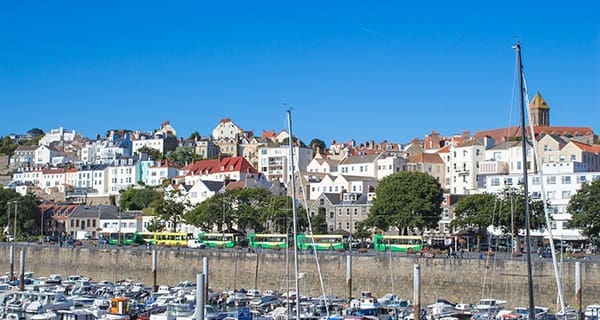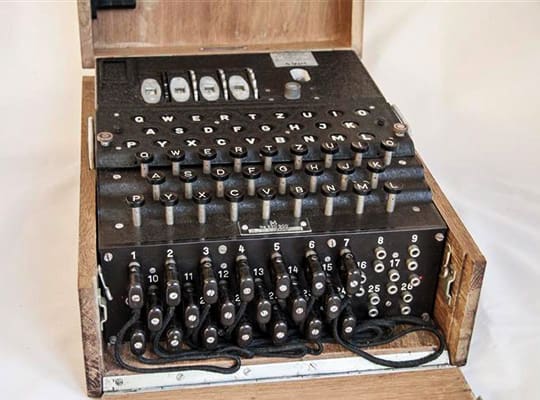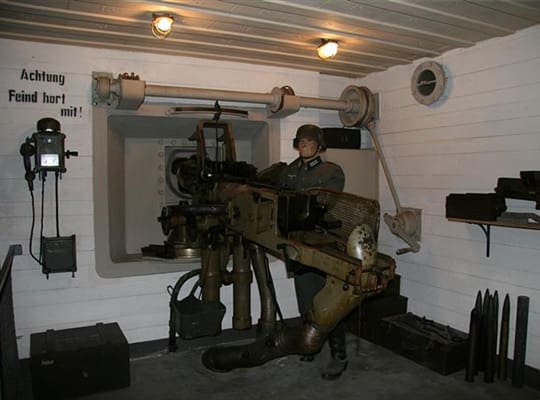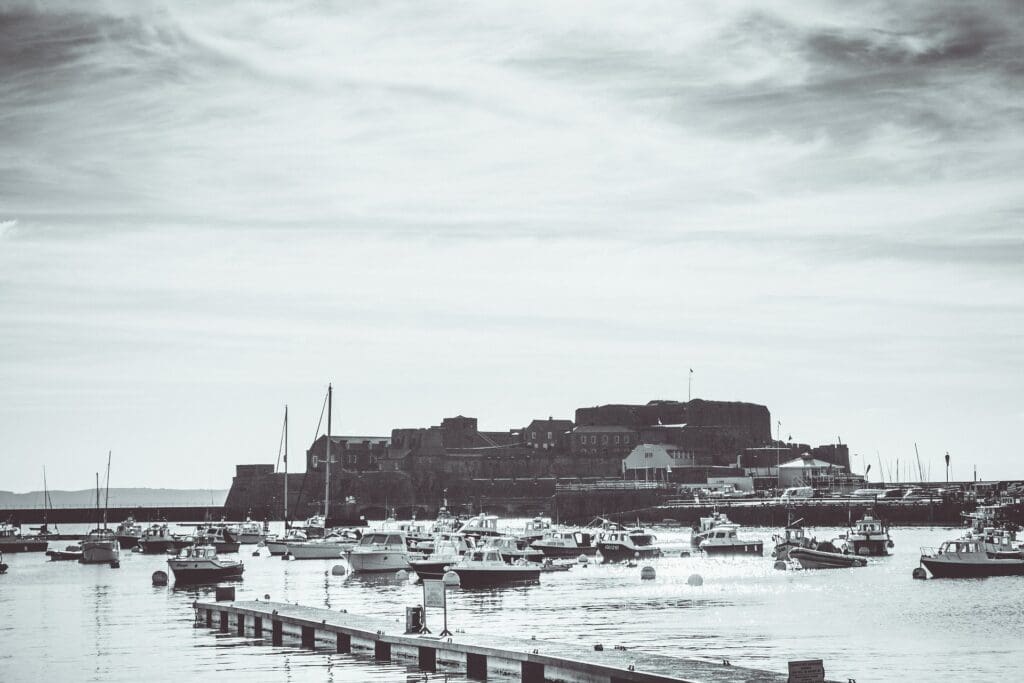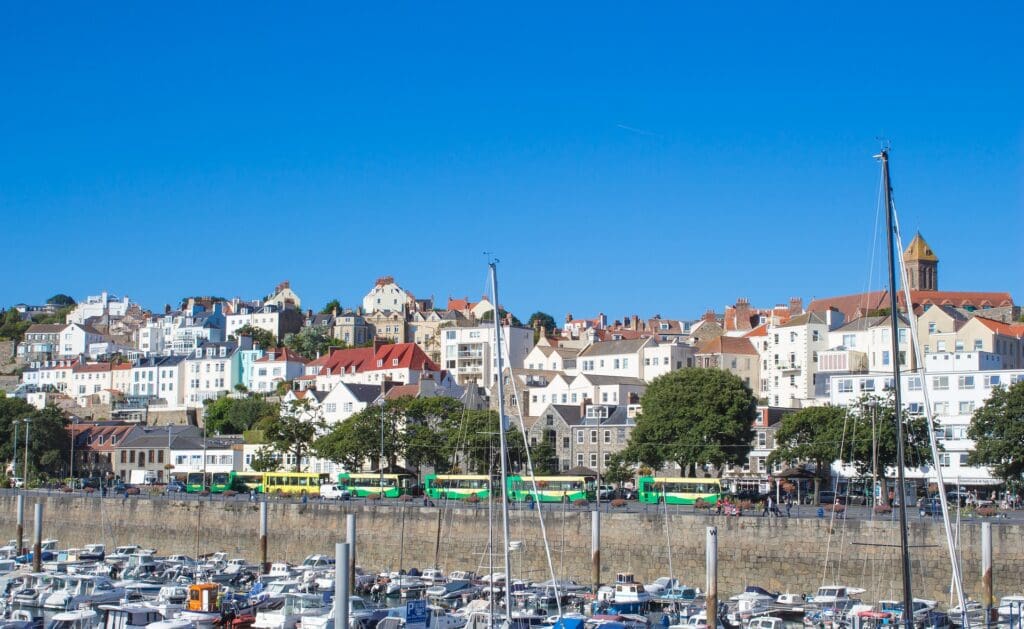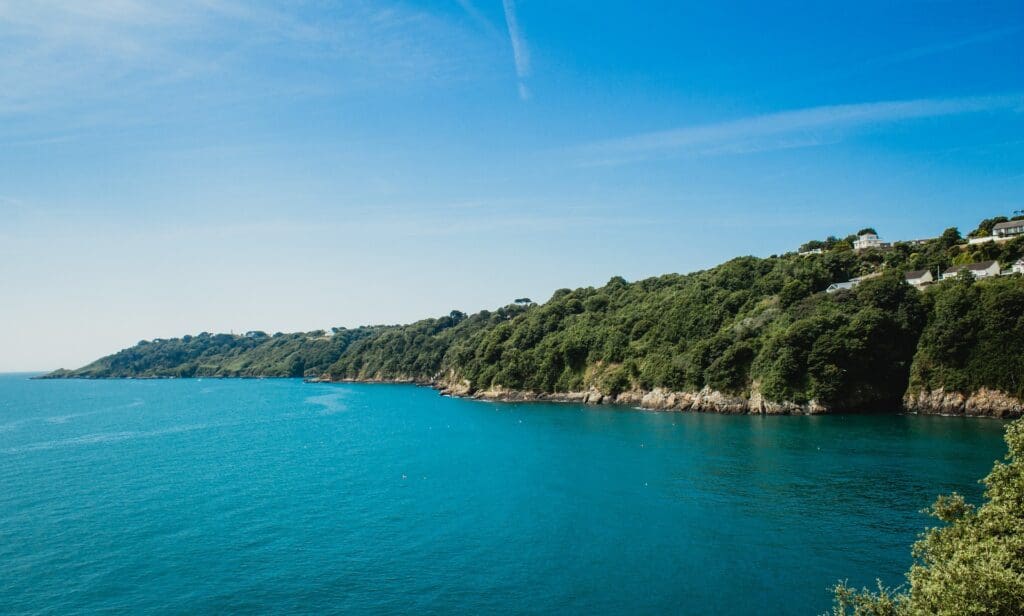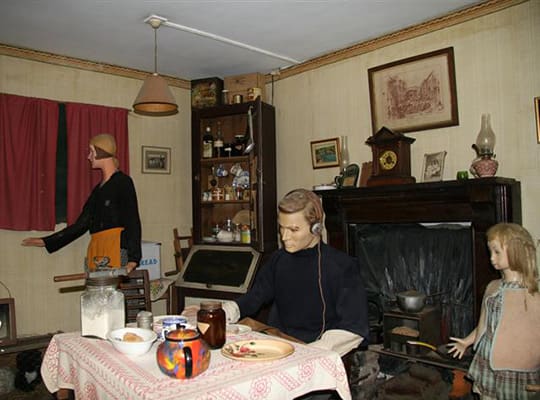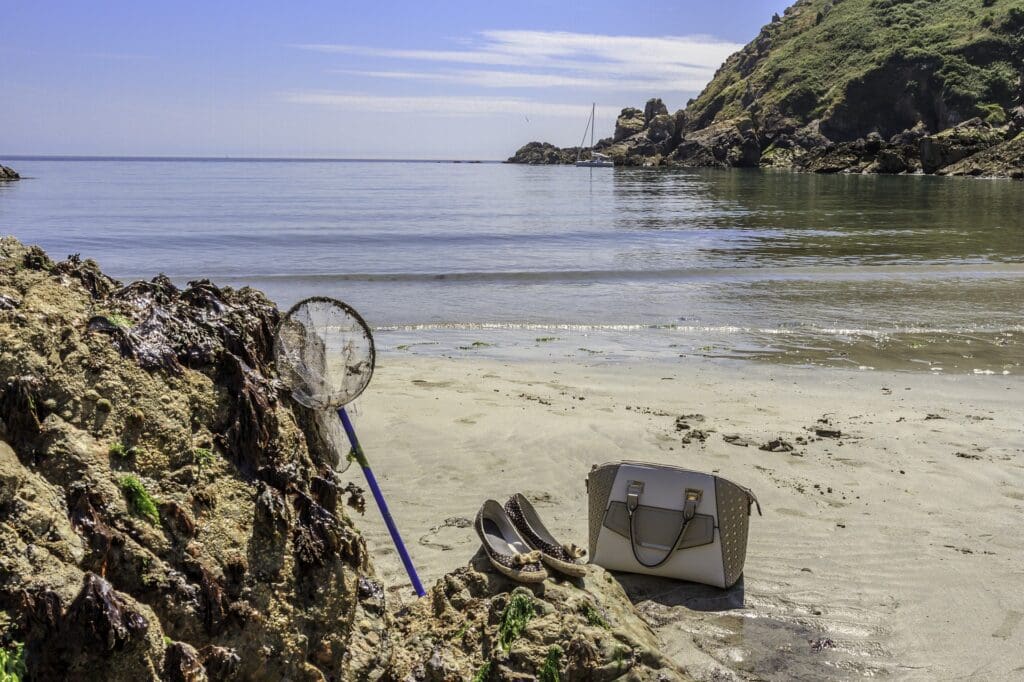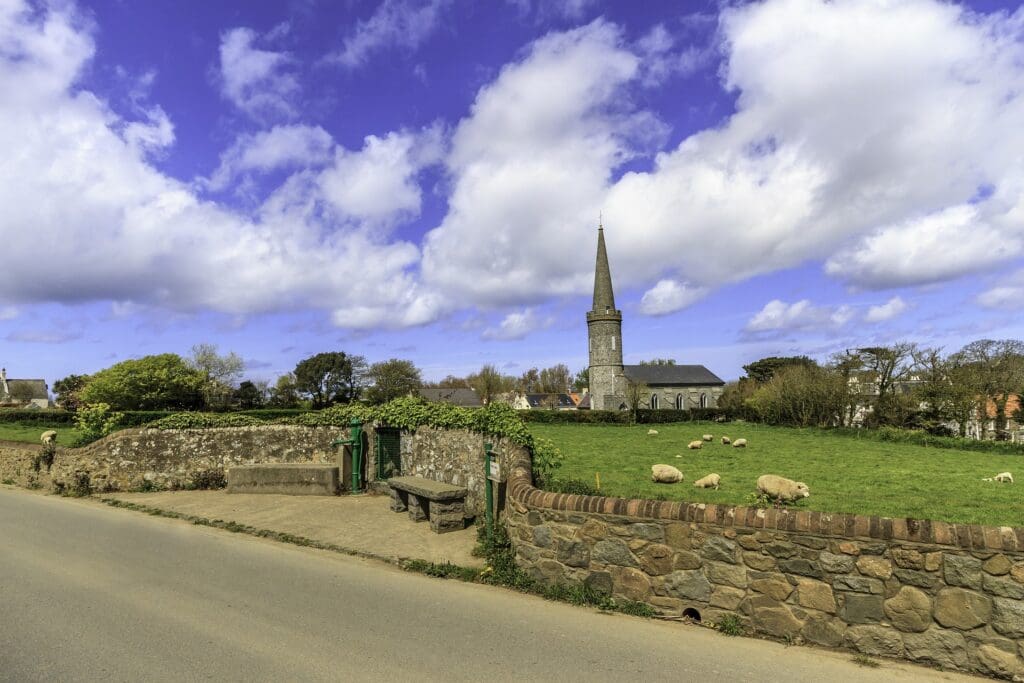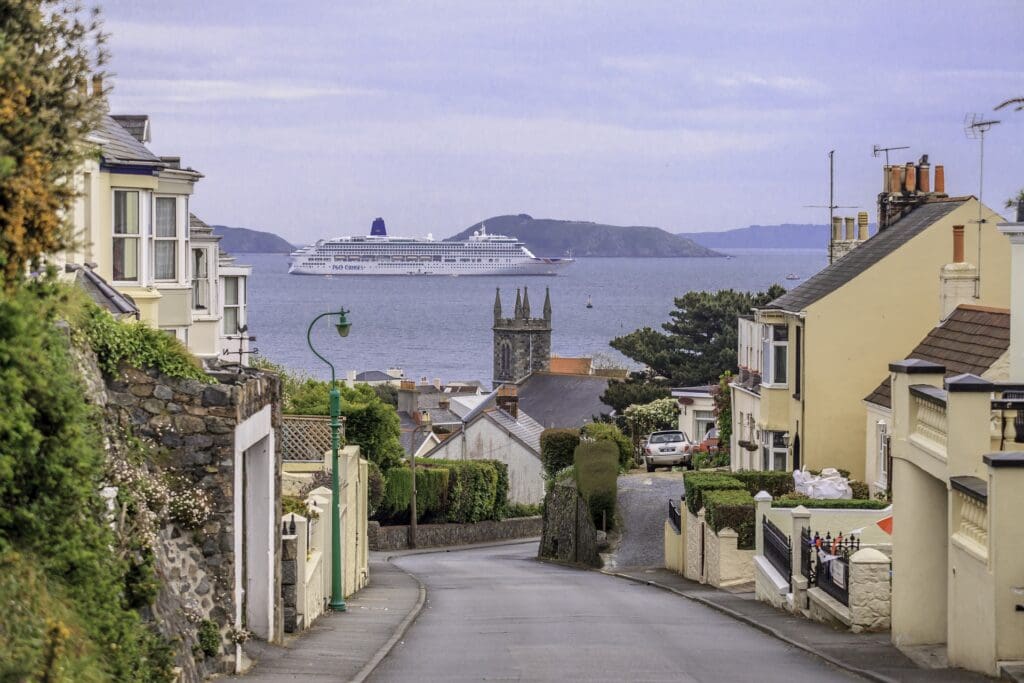 In Guernsey’s darkest hour, Canadians rushed to help. Today’s visitors to this lively, lovely Channel Island, just off the Normandy coast, can’t help but be reminded of that.
In Guernsey’s darkest hour, Canadians rushed to help. Today’s visitors to this lively, lovely Channel Island, just off the Normandy coast, can’t help but be reminded of that.
The Channel Islands were the only British territory to suffer Nazi occupation during the Second World War. For German leader Adolf Hitler, the islands – which include Jersey and Sark as well as Guernsey – were a steppingstone to the attack on Britain and an important bulwark against an Allied invasion of occupied France from the Atlantic.
For the British, the islands simply weren’t worth defending.
As a result, they fell into German control from mid-1940 until their liberation in May 1945.
Island life under German command was popularized a few years back in the novel The Guernsey Literary and Potato Peel Pie Society. But you don’t need the novel to find reminders of the war. Fortifications, restored as stark memorials, are scattered everywhere. Museums tell compelling aspects of the story. Even in the pubs you’ll find a reminder: the island’s most popular brew is named Liberation Ale.
And every May 9 Guernsey is festooned with Union Jacks as it marks liberation with a lively parade.
You don’t have to wait till then to get a vivid picture of wartime Guernsey, however.
Start at the terrific German Occupation Museum, about a 20-minute bus ride from downtown St. Peter Port. It’s a labour of love for owner Richard Heaume, on whose family farm the museum is built. As a boy he picked up stray bullet casings from farm fields. Today, his massive collection makes for the most comprehensive of several local museums devoted to the war.
There one learns the Germans were initially benign, in order to soften British resistance against invasion of the United Kingdom itself.
But after D-Day in 1944, when island supply routes were cut off, conditions worsened dramatically. Available food was commandeered by the soldiers and locals were reduced to things like bramble tea and the potato peel pie popularized in that 2009 novel. (Their tobacco came from cherry trees.)
On the cusp of starvation, islanders were aided by the arrival of a Red Cross ship that brought food and medical supplies from Canada. Items from that cargo are on display at the museum: a litre tin of Cow Bell whole milk, Maple Leaf creamery butter, Mother Parker’s coffee; soap. You also see purses and slippers handcrafted from the string that tied up Red Cross parcels.
Other artifacts are wide-ranging: the dress dagger worn by Germany’s commander-in-chief for the Channel Islands; an armoury’s worth of Walthers, Lugers and other Axis weapons; a coastal artillery observer’s binoculars; communion wine vessels used by the Luftwaffe chaplain; German army-issue condoms; photo albums compiled by Nazi soldiers; a doll’s house made of cigar boxes; an army bicycle with detachable handlebars to discourage theft.
Clearly the museum focuses on both militaristic and domestic life, as in a full-scale replica street, replete with mothers pushing prams outside a café, characuterie (deli) and cycle shop, under the watchful eye of soldiers. Accompanying photos flesh out the reality – such as a queue outside the charcuterie in 1941, when meat was rationed but still available.
Other museums and battlements are also worth a visit. They include:
The German Naval Signals Headquarters, an underground concrete bunker behind La Collinette Hotel, the highest point on the island. It was responsible for controlling all artillery in the Channel Islands, and following D-Day had the only teletype equipment capable of reaching Berlin and Paris. Messages were encoded with an Enigma machine, using codes specially devised for the Channel Islands. The dank rabbit-warren complex has been refitted as authentically as possible.
La Valette, housed in the damp tunnels that once stored fuel for German U-boats, has extensive collections of Nazi memorabilia – from badges and helmets to slave worker clothing from a death camp on neighbouring Alderney. More peaceable items include intricate wooden items carved by German soldiers: bowls, coat hangers, “memory” scenes from home. Other artefacts include Canadian military insignia, and stories of islanders like waitress Winnifred Green, slapped into prison after uttering “Heil Churchill” in front of German officers.
The German Military Underground Hospital, the island’s largest remaining structure from the war, was hewn out of solid rock by slave labour. It’s dark, damp and chilly – making a grim tale of what it was like to be a patient here and a puzzle of how the ill recovered. The rooms are mostly empty now, with only a few artifacts on display, but the atmosphere is powerfully moving.
Fort Hommet, a complex of fortifications in Castel, includes a fully restored gun casement, one of four meant to house cannon that could fire nearly 12 kilometres. The gun is an original recovered from the foot of Jersey cliffs. The fort, with a dozen defensive structures during the war, is beautifully situated on sand dunes peppered with sea grasses and wild flowers.
Pleinmont Tower is an imposing five-storey structure from which the Germans could observe the sea. Visitors get to use original rangefinders still on site and tour both a reconstructed barrack room and a battery dolman gun-site.
Castle Cornet, built in 1250 to protect Guernsey against the French, is St. Peter Port’s most iconic site. It houses several museums, only partly given over to the Second World War. But its superb views make clear why German gun encasements were planted here. A tribute to Royal Air Force 201 Squadron, which attacked German U-boats, is a highlight for war buffs.
For information, visit Guernsey’s tourism site at www.visitguernsey.com.
The views, opinions and positions expressed by columnists and contributors are the author’s alone. They do not inherently or expressly reflect the views, opinions and/or positions of our publication.

